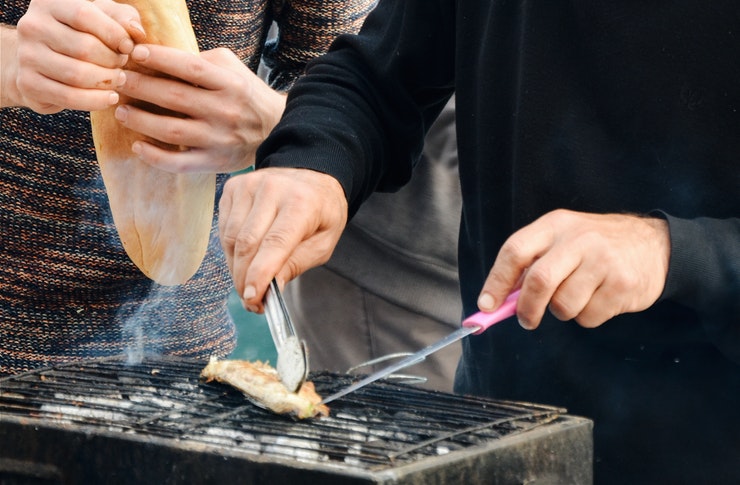Barbecue Basics and Techniques for Outdoor Cooking
Barbecue is both a cooking method and a social tradition that brings people together around smoke, heat, and shared food. Whether you’re new to cooking over an open flame or refining a long-standing hobby, understanding the fundamentals of barbecue helps produce consistent results and safer gatherings. This article breaks down key concepts — from what defines barbecue to choosing equipment and handling food — with practical tips that suit backyard cooks and anyone interested in outdoor cooking.

What is barbecue and how does it differ from grilling?
Barbecue generally refers to slow-cooking meat with low, indirect heat and smoke over a longer period, while grilling uses higher, direct heat for shorter times. Regional styles vary widely and can include whole-hog traditions, brisket-centric methods, or simpler backyard approaches focused on ribs and chicken. The essential elements are time, temperature control, and the use of wood or charcoal to generate smoke. Understanding these differences helps you select techniques appropriate to the cut of meat and the flavor profile you want to achieve.
Choosing a grill or smoker for your setup
Selecting the right grill depends on how you plan to cook. Charcoal grills offer flavor from smoke and are often preferred for traditional barbecue, while gas grills provide faster heat and easier temperature adjustments. Pellet grills automate feeding wood pellets and can maintain steady low temperatures ideal for smoking. Electric options and compact portable grills suit constrained spaces or apartment balconies. Consider fuel type, size, ventilation, and how hands-on you want the process to be — each choice influences maintenance, cost of operation, and the style of outdoor cooking you’ll enjoy.
Cooking techniques: heat, smoke, and timing
Successful barbecue relies on managing heat and smoke. Low-and-slow techniques usually mean maintaining temperatures between roughly 225–275°F (107–135°C) for several hours, allowing connective tissue to break down in tougher cuts. Direct grilling uses higher temperatures for searing. Use a thermometer to monitor both grill temperature and internal meat temperature rather than relying on time alone. Controlling airflow on charcoal units and choosing the right wood for smoke intensity — milder fruitwoods versus stronger hickory or mesquite — helps balance flavor without overpowering the food.
Outdoor setup and safety for cooking events
Outdoor cooking requires attention to safety and comfort. Place grills or smokers on a stable, non-combustible surface away from structures and overhanging foliage. Ensure proper ventilation and keep children and pets at a safe distance. For gas grills, check hoses and connections for leaks before lighting. Have a fire extinguisher or water source nearby, and understand how to smother flare-ups safely. Plan for weather: wind can alter smoke patterns and temperature control, and rain or cold may require adjustments to cooking time. Proper setup reduces risk and makes the cooking process more predictable.
Preparing food: cuts, seasoning, and resting
Selecting the right cut of meat is key: tougher, fattier cuts like brisket, shoulder, and pork butt respond well to low-and-slow cooking because collagen converts to gelatin for tenderness. Trim excess fat where needed and apply rubs or brines to enhance flavor and moisture retention. Avoid overly sugary sauces early in long cooks; add glazing sauces toward the end to prevent burning. Rest cooked meat for a suitable period so juices redistribute; this improves texture and helps when slicing. Vegetables, fish, and poultry also work well on a grill with adjusted times and techniques.
Barbecue brings together technique, equipment, and food knowledge. Practice and small experiments — varying wood types, trying different rubs, or switching between direct and indirect heat — will build confidence. Keep notes on times, temperatures, and results so you can repeat successes and learn from mishaps. Patience and consistency with temperature control are often more important than intricate recipes.
Conclusion
Barbecue combines practical skills with creativity: understanding how heat and smoke interact with different foods lets you tailor flavor and texture for outdoor gatherings. By choosing appropriate equipment, practicing temperature control, and following safe setup and food-handling practices, cooks at any level can produce satisfying results. Over time, experience and thoughtful adjustments will help you refine techniques that suit your taste and the outdoor spaces where you cook.




